16 Types of Hardwood (with Pictures)
-
Visnja Radosavljevic
- Last updated:
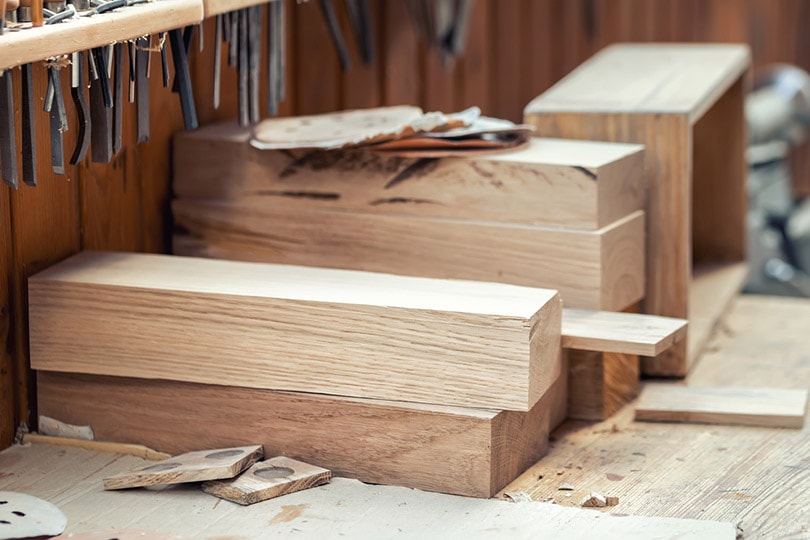
Hardwood is a wood type commonly used in construction or DIY projects. It’s prized due to its charming, natural look and high durability. Hardwood is harder than softwood, as you can tell by the name, and various trees fall into the hardwood category.
Every type of hardwood has characteristics that set it apart from the others. Some look better, and some are more affordable or durable. To help you discover all of their benefits (along with the disadvantages), here’s a list of 16 types of hardwood. Read on below to find out more about their unique traits and differences.

The 16 Types of Hardwood
1. Oak Wood

| Color: | Light brown/beige – can have golden/reddish hues |
| Grain: | Straight-grained, uneven texture |
| Workability: | Good |
Oak is one of the most popular hardwoods, with over 600 species used for projects all over the world. All Oak specimens are strong, durable, heavy, and dense. They are insect, water, and fungi-resistant, making them perfect for outdoor use. Oak is a hardwood often used for flooring due to its benefits and looks.
Other than flooring, you can make furniture, paneling, decking, joinery, and veneers from Oak. It is less prone to cracking and warping than other hardwoods. Oak has a natural, charming appearance, so many people use it to enhance their home’s curb appeal. Oak will make your home beautiful for years to come if properly cared for.
- Long-lasting
- Durable
- Water, insect, and fungi-resistant
- Charming appearance
- Not prone to warping and bending
- Heavy
2. Cherry Wood
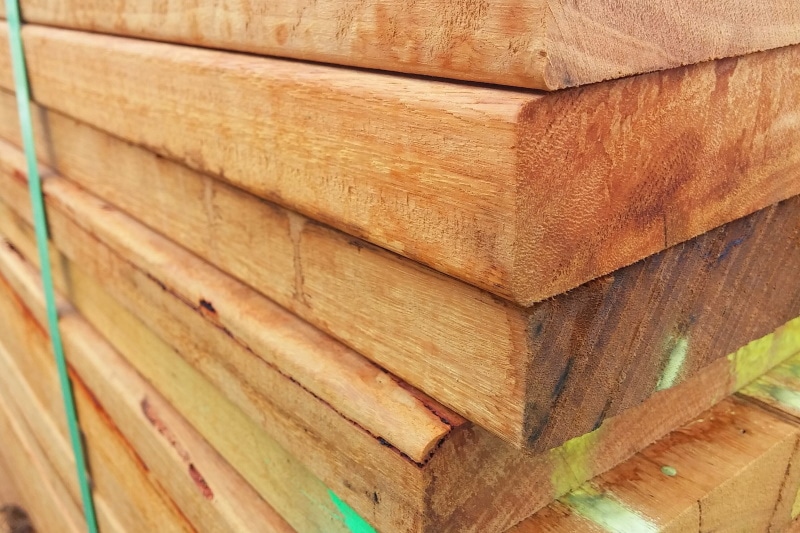
| Color: | Light-pink toned/brown-red with golden hues |
| Grain: | Straight-grained, fine smooth texture |
| Workability: | Great |
Cherry is another unique hardwood species that looks elegant and has various purposes. Due to its excellent workability, strength, and durability, it’s used for making furniture, cabinets, flooring, doors, paneling, carvings, and molding. Different Cherry types vary in colors, from light-pink tones to brown-red ones with golden hues. It has great shock, rot, and decay resistance.
Cherry wood can be harmed by sunlight, which will change its color. It’s also not as water-resistant as some other hardwoods, so it’s best to use it for the interior. This beautiful hardwood requires more maintenance than others because it quickly collects dust and dirt.
- Stunning colors
- Amazing flexibility
- Strong
- Shock, rot, and decay-resistant
- Changes color when exposed to excessive sunlight
- Requires a lot of maintenance
- Not water-resistant
- Expensive
3. Rosewood
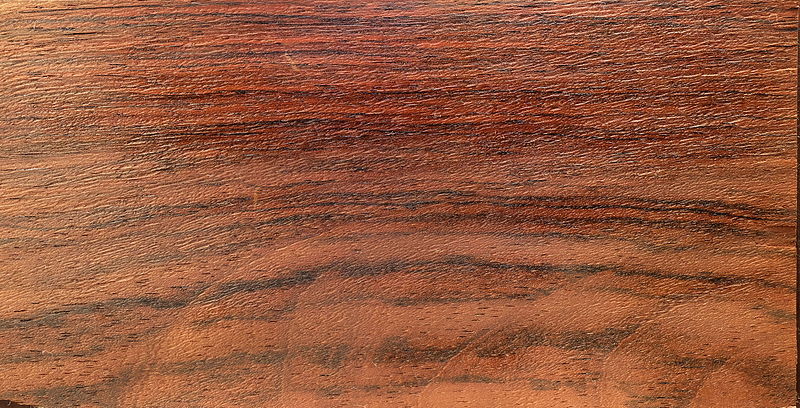
| Color: | Golden-brown/brown-reddish |
| Grain: | Straight-grained (can be spiral or wavy) |
| Workability: | Good |
Rosewood is a durable hardwood that comes in different varieties and has a lot of good qualities. Rosewood is hard, dense, and offers good stability. It’s often used to make furniture, musical instruments, cabinetry, flooring, and paneling. Rosewood is easy to work with and has medium shock resistance. It’s ideal for enhancing your home with its stunning rich color. It can be expensive, especially Brazilian Rosewood because it’s a rare hardwood species.
- Durable
- Offers good stability
- Easy to work with
- Medium shock-resistant
- Expensive
4. Walnut Wood

| Color: | Dark chocolate/ light brown |
| Grain: | Straight to irregular-grained |
| Workability: | Great |
Walnut is an affordable hardwood that comes in several unique colors. It gets lighter with age, gaining a stunning golden/honey color. People mostly use Walnut for flooring, furniture, cabinets, and carvings. It’s decay-resistant, but it’s prone to insect attacks. Walnut wood is straight to irregular-grained and sometimes has a curly or wavy structure that enhances its look. While working with Walnut, you might sense a mild odor from the wood. Due to its charm and reasonable price, many people choose Walnut wood for their projects and renovations.
- Affordable
- Beautiful color
- Easy to work with
- Has an odor while being worked with
5. Maple Wood
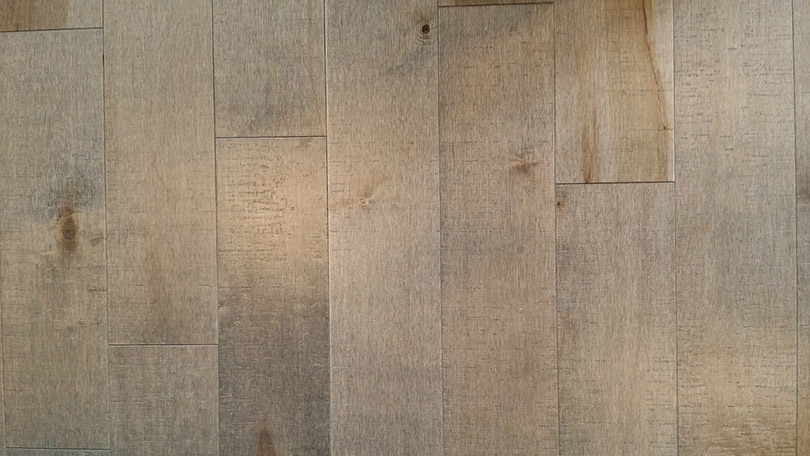
| Color: | Creamy white with reddish and brown hues |
| Grain: | Straight-grained, uniform texture |
| Workability: | Good |
Maple is a well-known hardwood with impressive durability. Like other hardwoods, it has different species, but the one that stands out most is Hard Maple (Sugar Maple). It is the most durable Maple species, and people go for it because of its beautiful looks and undeniable strength.
Maple is easy to work with, although softer types are more workable than hard Maple. People use it for construction, furniture, musical instruments, toys, and carving. Maple wood can cause allergic reactions and skin irritation, so consider that if you have health issues.
- Impressive durability
- Strength
- Easy to work with
- Can cause allergic reactions
6. Mahogany Wood
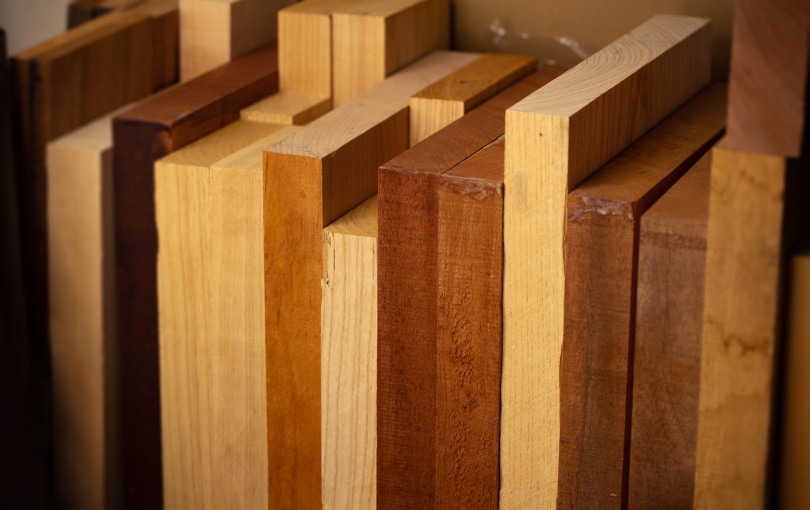
| Color: | Deep red/reddish-brown with burgundy hues |
| Grain: | Straight-grained |
| Workability: | Great |
Mahogany is a desirable hardwood with a unique appearance due to its deep red or reddish/brown color. This wood is not prone to warping and bending, and it is very dense, making it ideal for cabinetry, decking, flooring, furniture, musical instruments, and veneers. Mahogany is rot and decay-resistant as well as water-resistant. It’s durable but still easy to work with, making it great for various projects and construction. Mahogany changes color when exposed to sunlight and can be difficult to find due to the high demand.
- Unique color
- Not prone to warping and bending
- Dense
- Rot, decay, and water-resistant
- Changes color when exposed to sunlight
- Can be difficult to find
- Pricey
7. Ash Wood
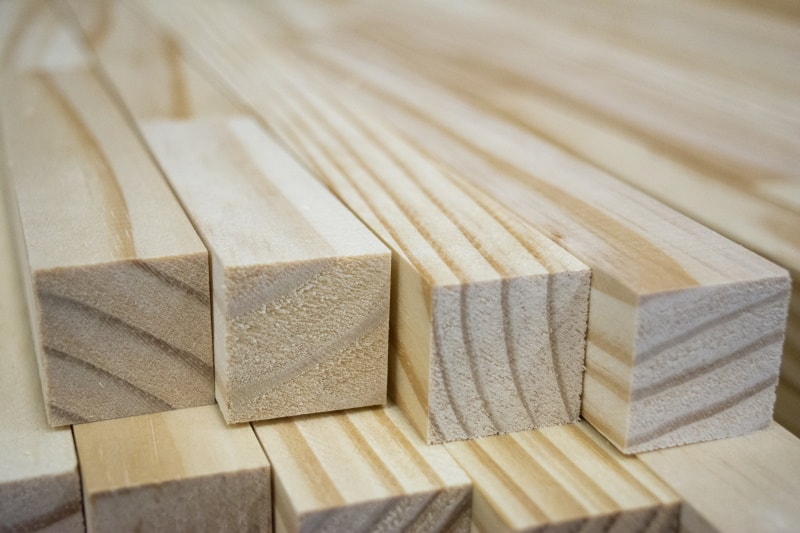
| Color: | Light brown/beige |
| Grain: | Straight-grained |
| Workability: | Good |
Ash is an excellent hardwood that is durable and has a high-quality feeling. It’s very strong and not prone to scratches and dents. It’s a hardwood species with a score of 1320 on the Janka scale, but it’s lightweight, regardless of its hardness. Ash is also shock-resistant, and due to its good workability and natural appeal, people use it for furniture, cabinetry, doors, and flooring. Other products like sports equipment and tool handles are also made from Ash wood.
- Durable
- Strong
- Not prone to scratches and dents
- Lightweight
- Hard
- Shock-resistant
- Not insect and fungi-resistant
- Flammable
8. Hickory Wood
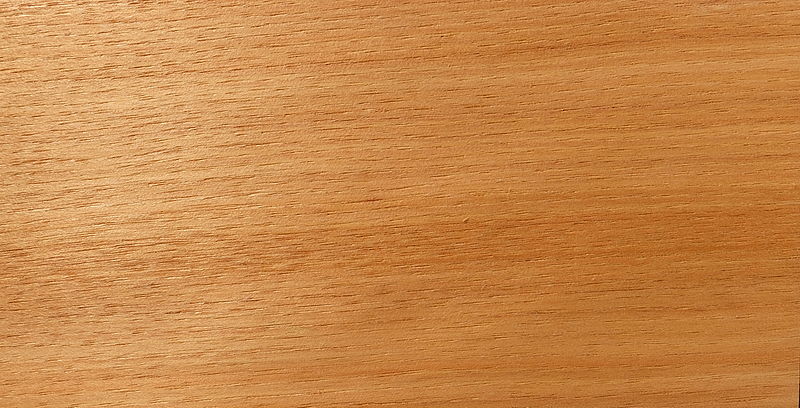
| Color: | Light beige/dark brown |
| Grain: | Straight or wavy-grained/coarse-medium texture |
| Workability: | Difficult |
Hickory is a hardwood native to the USA. It’s the strongest, stiffest, and hardest domestic species in the US. This stunning hardwood species is a popular option for flooring, cabinetry, and furniture. Due to its fantastic durability, Hickory is also used to create wooden ladders, tool handles, and sports goods. It is also shock-resistant. The downside of this hardwood is that it’s pretty challenging to work with, so it requires extra patience and caution.
- Strong, stiff, and hard
- Durable
- Shock-resistant
- Difficult to work with
9. Beech Wood
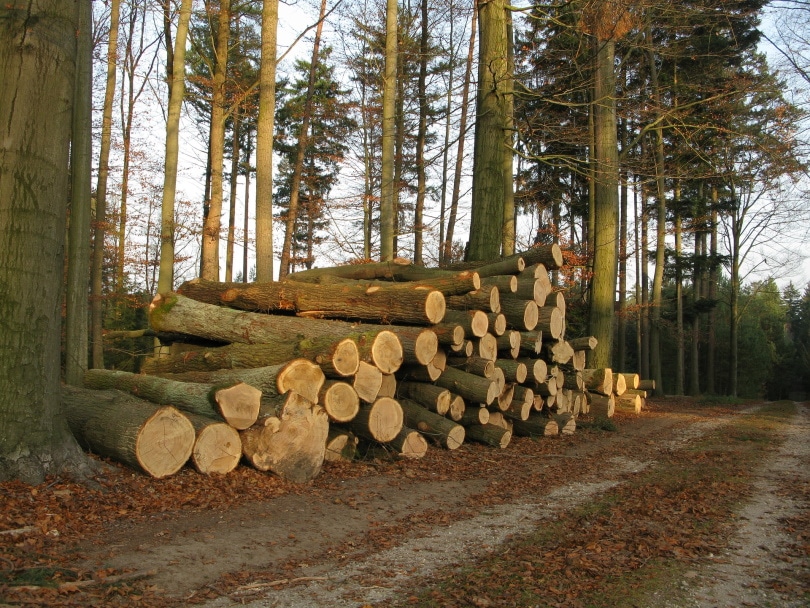
| Color: | Light brown/reddish-brown |
| Grain: | Straight-grained/fine-even texture |
| Workability: | Good |
Beech is an interesting species found in many parts of the world. Many go for this wood due to its good workability and various uses. It’s best to use Beech indoors because it cannot bear extreme weather and moisture. You can use Beech Wood for flooring, furniture, and door construction, but it’s great for meat, vegetable, or fish smoking. It’s a sustainable species that will help make your home more eco-friendly.
- Good workability
- Interesting usage
- Eco-friendly
- Cannot bear weather changes and moisture
- Not for outdoor use
10. Elm Wood

| Color: | Grayish-white/light-reddish |
| Grain: | Interlocked grain/uneven texture |
| Workability: | Good |
Elm is not a durable hardwood. However, furniture made of Elm tends to be very strong and high-quality. Elm is another species that you shouldn’t use outdoors, and you should only include it in interior design. That is because it’s not water-resistant and reacts to moisture. You can make furniture, carvings, paneling, parquet flooring, and stairs from this wood. Since it’s lightweight, there are other uses for Elm, like making boxes, tool handles, and paper production.
- Strong and high-quality
- Lightweight
- Good workability
- Not durable
- Not for outdoor usage
- Not-water resistant
11. Teak Wood
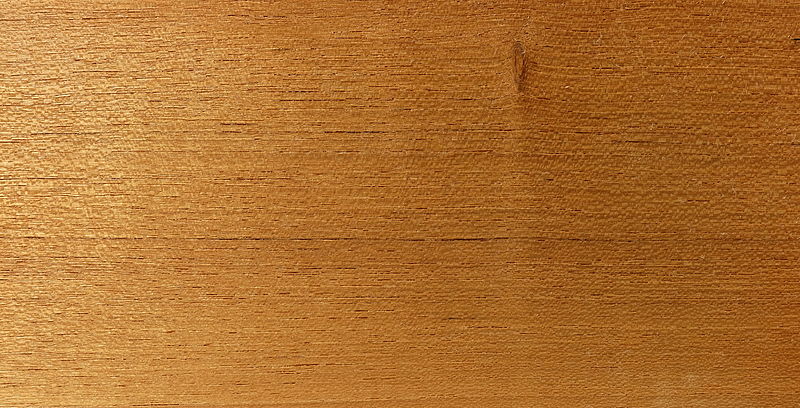
| Color: | Honey brown-golden/silver-gray patina |
| Grain: | Straight-grained/ grain can be interlocked or wavy occasionally |
| Workability: | Good |
Teak is famous for its color and durability. It’s water, termite, and decay-resistant, so indoor and outdoor usage is acceptable. It is not too hard to work with Teak wood, and many woodworkers choose it for their projects. You can make Teak furniture, decking, build boats, or use it to make Plywood. It’s expensive compared to some other hardwoods, but it is more convenient because it comes in large sizes.
- Durable
- Water, termite, and decay-resistant
- Good workability
- Expensive
12. Balau Wood

| Color: | Yellowish-brown |
| Grain: | Interlocked grain/coarse texture |
| Workability: | Difficult |
Balau is a hardwood native to Malaysia, known for its density. Its primary usage is in heavy construction, but it’s hard to work with because it’s very dense. People also use it for decking, flooring, boat making, and furniture. Balau is used worldwide, and many people go for it due to its affordable price. It is very durable lumber that’s water-resistant but not insect and decay-resistant. If taken care of properly, anything made from Balau will last you for a lifetime.
- Dense
- Affordable
- Durable
- Water-resistant
- Difficult to work with
- Not resistant to insects and decay
13. Poplar Wood
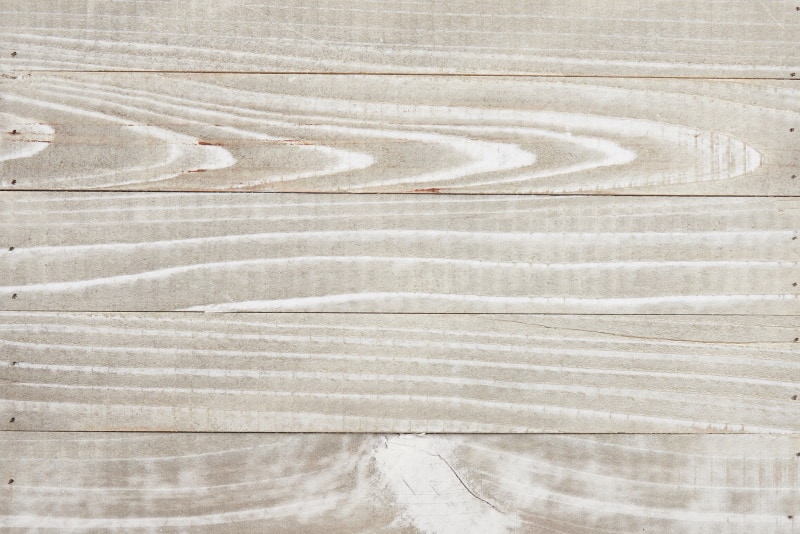
| Color: | Light beige/white/creamy white with yellow hues |
| Grain: | Straight-grained |
| Workability: | Great |
If you’re looking for a hardwood that’s easy to work with, you should try using Poplar. It’s a species used mainly for furniture and woodworking projects, but you can also use it for cabinetry, doors, and light construction. It is a strong wood, but it’s softer than other hardwood options. That’s why you should choose suitable finishes to make the wood more durable. It needs a moisture-free environment because it can be easily damaged by water.
- Great workability
- Strong
- Softer compared to other hardwoods
- Needs a moisture-free environment
- Can be damaged by water
14. Alder Wood
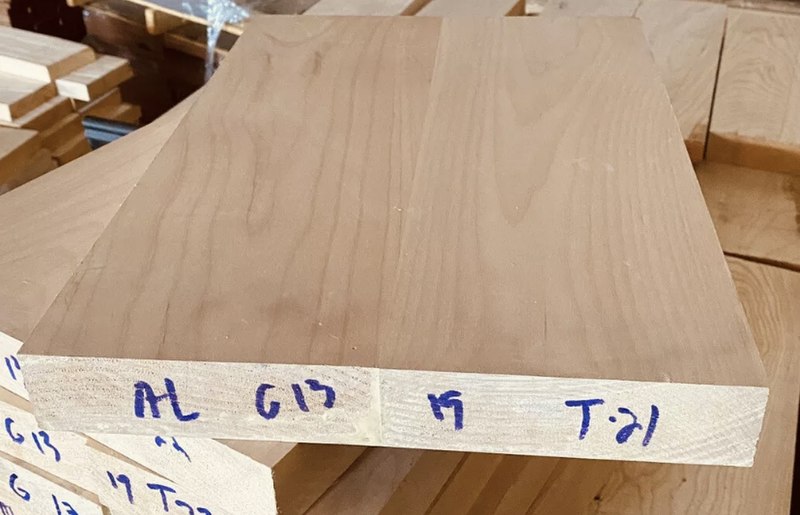
| Color: | Light brown/pinkish-brown with red hues |
| Grain: | Closed-smooth grained |
| Workability: | Great |
Alder is a versatile hardwood with a unique appearance. Its common use is in cabinetry, moldings, doors, paneling, and furniture. It’s lightweight and easy to work with, and it’s a great option for DIY projects. This is another hardwood quite soft but not prone to cracking and warping. Alder is another affordable wood, and it’s among the most eco-friendly hardwoods. It’s not water-resistant, and it’s not one of the most durable options on the market.
- Versatile
- Easy to work with
- Affordable
- Eco-friendly
- Not prone to cracking and warping
- Not water-resistant
- Not durable
15. Pecan Wood

| Color: | Light brown/ darker brown with reddish hues |
| Grain: | Straight-grained/ can be wavy occasionally |
| Workability: | Difficult |
Pecan is a hardwood that belongs to the hickory family. It’s a stiff and hard species, which makes it difficult to work with. Pecan’s use is to make cabinetry, flooring, and furniture. It can also be used as firewood or for smoking meat and other foods. It’s not a durable wood, but the floors and furniture made out of it tend to be of good quality. Pecan is difficult to stain, so you’ll need to stick to its natural shades.
- Various usages
- Looks pretty
- Difficult to work with
- Not durable
- Difficult to stain
16. Birch Wood
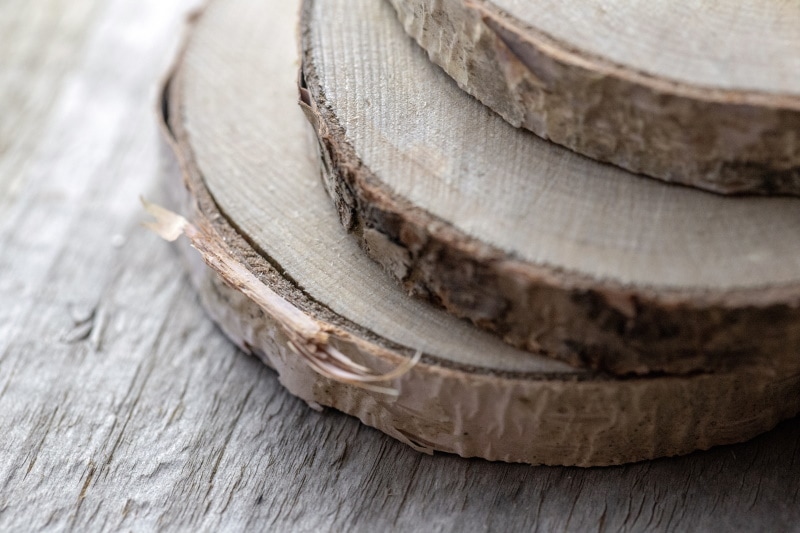
| Color: | Pale-light brown/brown-reddish |
| Grain: | Straight-grained/fine texture |
| Workability: | Good |
Birch is another hardwood that is widespread and has various uses and purposes. It’s durable, so people use it widely for furniture and flooring. Birch has an attractive appearance due to its straight grain and fine texture. It’s decay-resistant, lightweight, and affordable, which makes it very popular. Still, it can crack and warp easily, and it’s expensive compared to other hardwood types. It’s also not insect-resistant, so it’s best to use it indoors only.
- Durable
- Attractive appearance
- Lightweight
- It’s affordable but still expensive compared to other hardwood species
- Not insect-resistant
- Prone to cracking and warping
- Related Read: 25 Different Types of Hardwood Trees (With Pictures)
Which hardwood is the most popular for flooring?
Oak is the most popular hardwood for flooring. People turn to it for its beautiful appearance, durability, and long-lasting nature. Oak serves a valuable purpose in flooring because it’s dense and not prone to scratching and damage, making it convenient, especially for families with pets or children.
After Oak, the two runners-up are Maple and Cherry, which are also very popular for flooring. If you decide to install new flooring, always compare the floor features you did or didn’t like. Make a careful decision because they can bring benefits or problems if not appropriately chosen.

Conclusion
As you can see, there are various hardwoods on the market. They all have different characteristics, and each one is unique in its own way. It’s always best to consider all pros and cons before deciding which wood type you will use. There’s something for everyone’s budget, so just compare your needs and wishes, and choose the hardwood for your unique project.
Featured Image Credit: Gorlov-KV, Shutterstock
Contents
